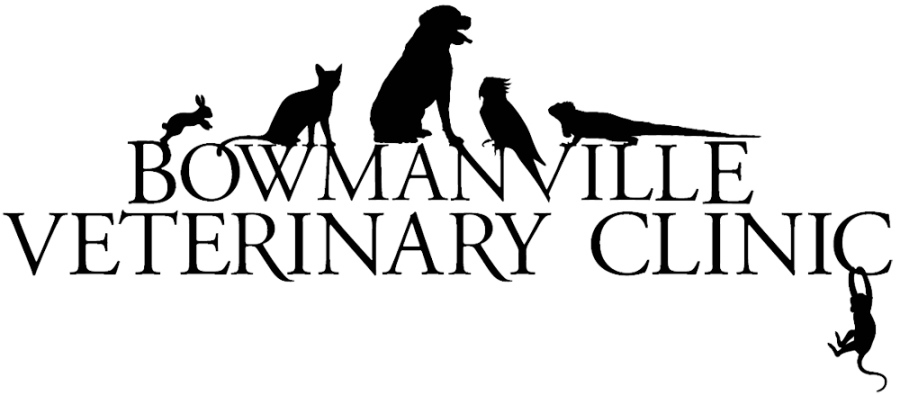Do you feed your dog or cat a raw meat diet? Have you heard
talk at the dog park about the numerous health benefits of such a diet? Are you
curious about it but not really sure if it’s right for your pet?
If you have questions regarding this type of diet, you are
not alone. Pet nutrition is one of the most hotly debated topics out there, and
wading through the information can be exhausting.
Raw meat diets come in all shapes and forms: it can be
homemade, or can even be found on the pet-store shelves. Commercial diets are
typically frozen or freeze-dried, but sometimes they can look like regular
food. Kibble diets can sometimes come with a raw-meat coating.
There are many supposed benefits and reasons behind feeding
a raw meat diet. These include:
- a natural diet, similar to what our pets would eat in the wild
- cooking destroys the enzymes required for digestion
- a grain-free or “filler”-free diet
- avoidance of harmful by-products
- a safer diet, free of chemicals and potential food recalls
- a human-grade meat source
However, the real truth is that there are no scientific
studies that have proven the benefit of raw-food diets. What scientific studies
have shown is that raw food diets have a high tendency to be nutritionally
imbalanced, increase the risk of many health issues, and have a high risk for
bacterial contamination.
Nutritional Inadequacies: This is a concern with both
homemade and commercial diets. Often recipes for homemade diets give vague
preparation instructions or feeding guidelines. Even diets from books written
by veterinarians can result in imbalanced foods, and commercial diets do not
fare much better. Most typically the imbalances involve vitamins and minerals.
Quiet often calcium is insufficient in these diets, which is especially significant
in young and growing animals. Sometimes there are toxicity issues with
over-supplementation of nutrients, especially vitamin A and D. Even if these
diets meet the minimum and maximum nutritional requirements, they are rarely
providing optimal nutrients.
Health Risks: The link between health risks and raw-food
diets is still being explored, but some of the links that are currently being
made include the possibility of gastroenteritis (inflammation of the
gastrointestinal tract), fractured teeth from diets that include bone, and also
intestinal injury from bone fragments. It is important to note that both raw
and cooked bones can block or tear the esophagus, stomach or intestines. A new
link is being explored that suggests dogs fed raw-food diets can develop
hyperthyroidism.
Contamination: Nearly all raw-food diets are contaminated by
bacteria. Not all those bacteria are harmful, but some can have serious health
concerns for pets and the other animals and people around them. Dogs and cats
can become infected with Salmonella, Clostridium and Camplyobacter (and other
bacteria found in raw-food diets), and they can become sick from this. Even
animals that show no signs of illness can shed bacteria in their feces,
increasing the risk of infection for other animals and people, especially
young, old, pregnant or immunosuppressed individuals.
Raw food is becoming a very popular diet, but is it
important for pet owners to be able to sort through the facts and fictions
surrounding this diet, and be aware of the potential risk factors in feeding
diets containing bones or imbalanced ingredients. Selecting proper nutrition
for your pet requires taking an active role, asking questions to help
understand what is in your pet’s food. There are many things to consider when
selecting diets, either home-made or commercial, and your veterinary health
team can help you pick the diet that is perfect for your pet.
For more information regarding raw food diets, see this article from the US Food and Drug Administration regarding raw foods and ways
you can protect your pets and your family.
Dr. Vanessa Tonn
Bowmanville Veterinary Clinic


This comment has been removed by a blog administrator.
ReplyDeleteThanks! Glad you are enjoying them!
ReplyDeleteGreat information, thank you for sharing this blog about pet food nutrition.
ReplyDelete